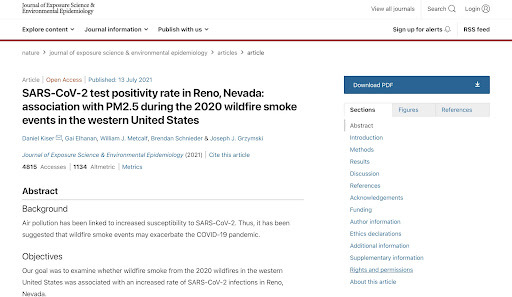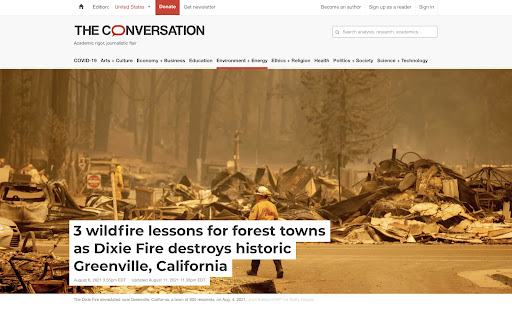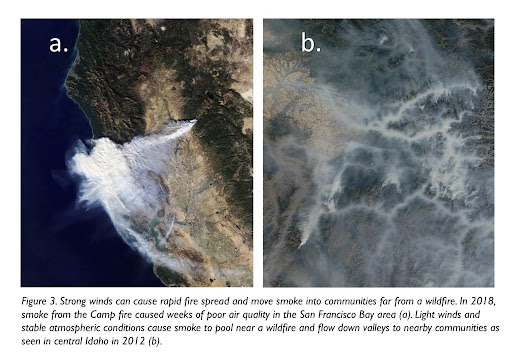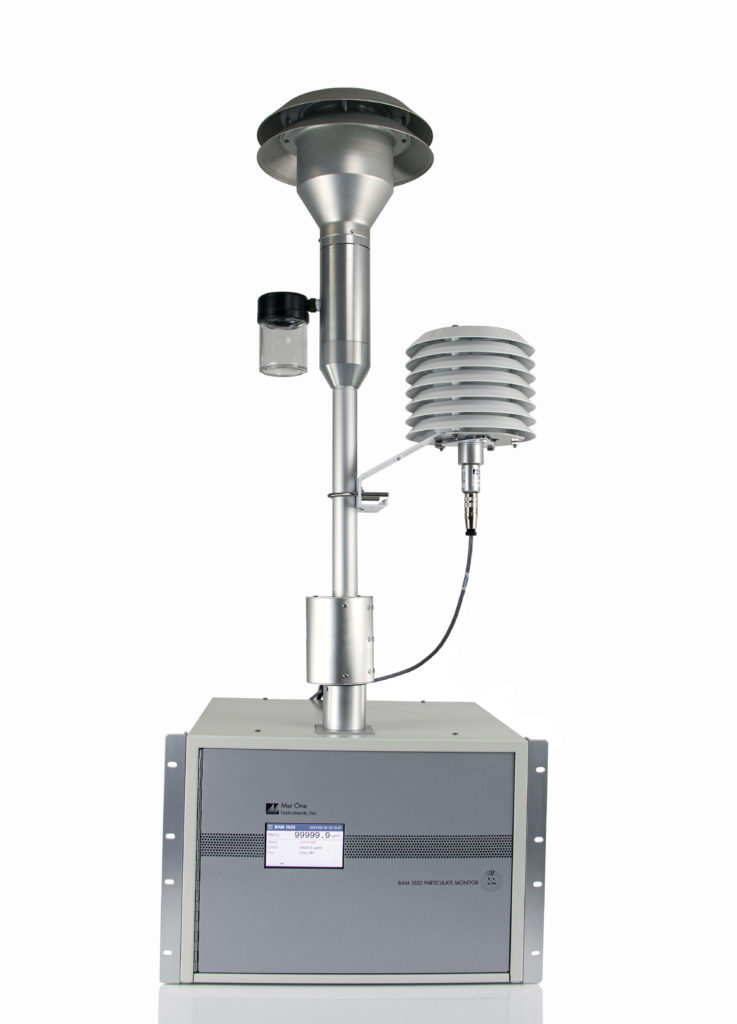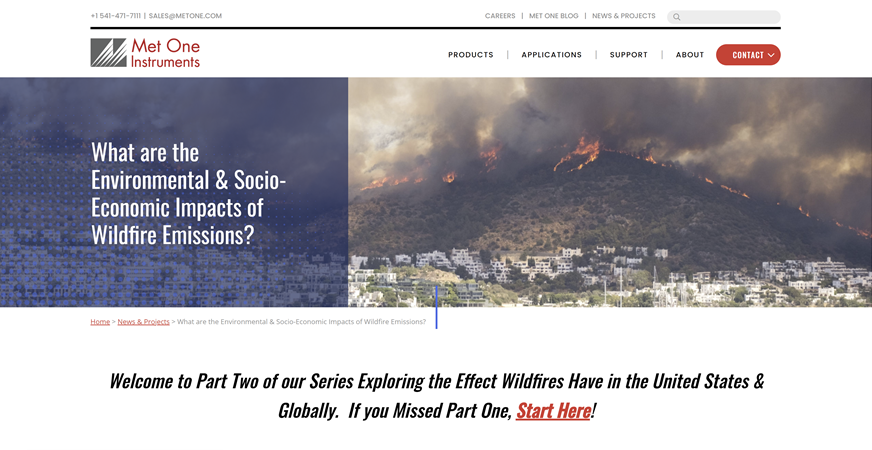Welcome to the beginning of a new Met One Instruments Inc. blog series! We are here to help you make sense of Wildfire reports & data from around the world…🌎
Wildfires in 2021 are raging. Locations worldwide, such as Athens, Turkey, Canada, California, Oregon, Washington, Colorado, Brazil, and throughout the Amazon Rainforest in South America, and Siberia, are experiencing catastrophic fires never before seen. Did you know that in the United States, to date, in 2021, 34,000 fires and counting have burned more than two million acres? This marks the most wildfire activity recorded in the January to July time period since 2011.
In Oregon this morning, we were relieved to hear the news that the Bootleg Fire, which burned 413,000 acres in only 39-days, is now 100% contained thanks to the dedication of fire personnel. That relief was short-lived, knowing at this moment, there are communities across the globe fleeing their homes because of wildfires scorching entire towns.
The Dixie fire, which is the 15th most destructive wildfire in the history of California, has claimed the town of Greenville, well over 550,000 acres, 615+ homes, and is currently only 31% contained. This kind of devastation year after year is not sustainable.
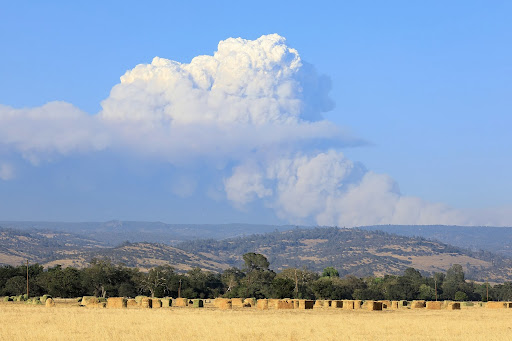
If you live in an area where wildfires are common, you have probably noticed the uptick in fire events and how that has affected the air quality where you live. Wildfires are a normal part of the renewal process of eco-systems. However, climate change is resulting in more wildfires igniting yearly. Coupled with man-made fires, this has made a significant and disastrous impact on our environment. According to a report released August 6th, 2021, by the Federation of American Scientists, 88% of wildfires in 2016-2018 were caused by humans.
In particular, the Western US has seen consistent and rapid increases in wildfire activity since the 1980s. Every summer has been marked by days, or even weeks of hazy skies, high AQI reports, and disturbing glowing-red sunsets that showcase the wildfire pollution in the air.
🆘 The Chief of the National Forest Service recently released a statement to Regional Foresters, Station Directors, IITF Director, Deputy Chiefs, WO Directors, and the general public with a stark warning.
The U.S. Fire Chief called the 2021 wildfire season “different from any year before.” The Forest Service has felt it necessary to raise the national preparedness fire alert to the most severe level of 5, which is the earliest this has happened in a decade. The number of fires and personnel responding is nearly three times the national average compared to the past 10-years for July. On August 2, 2021, Randy Moore, the Chief of the Forest Service, stated, “In short, we are in a national crisis.”
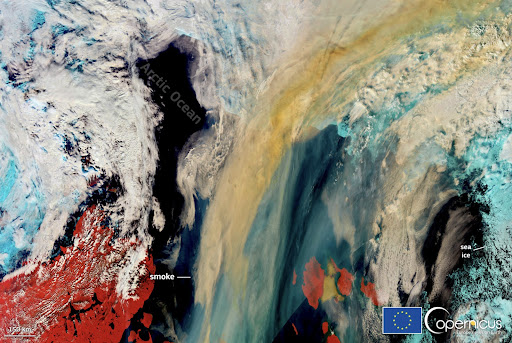
CNN has reported that “smoke from US Western wildfires is so widespread that it reached as far as New York City.” Startling images from space revealing massive wildfires like Dixie and Siberia (pictured above) have been released. Scientists are most alarmed by the record-setting rate of annual fire-related carbon dioxide emissions into the atmosphere in Siberia and that wildfires in that region are devouring large areas of the Taiga boreal forest, the world’s largest land biome.
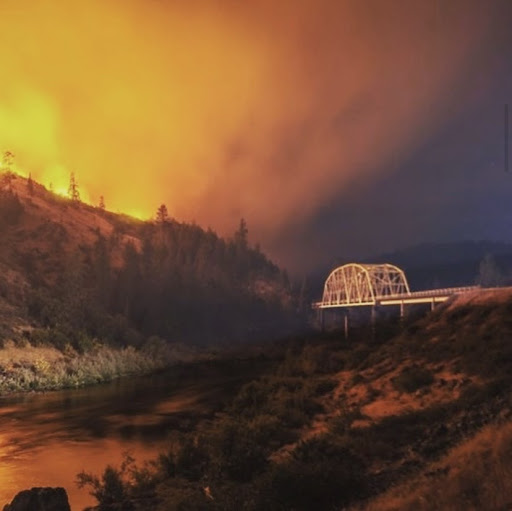
Located in Grants Pass, Oregon, our staff at Met One Instruments Inc. has witnessed firsthand how this trend of out-of-control wildfires affects our daily lives and, more importantly, the air we breathe. Wildfire activity has become not only a national crisis here in the United States; we also want to recognize that this is a global crisis. MOI works with countries worldwide, which prompted us to consider, “what can we do to help?”
Ultimately, the data we provide for clients that use our air quality measurement products serves communities and firefighters across the globe. With our expertise as a leader in the air quality industry during these tumultuous times, we feel a duty and obligation to provide you with the best resources about the subject of wildfires in 2021.
The amount of data and reporting about wildfires is overwhelming. This realization solidified our mission to offer an educational series starting with wildfires and how these events affect air quality. Our staff is excited to curate the most reliable and engaging information about protecting the public’s health and our planet while attempting to manage these unfortunate occurrences. Let’s get started…
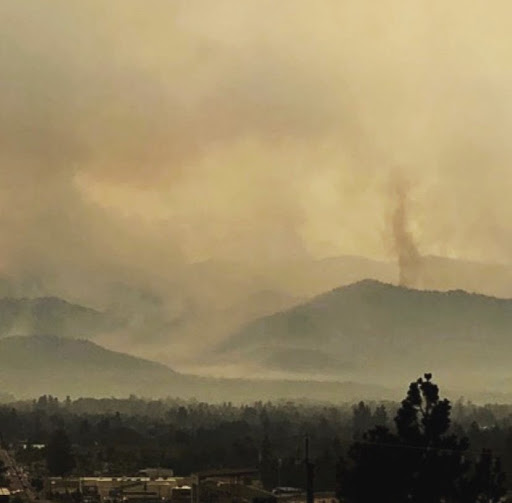
How Do Wildfires Affect Air Quality & Our Health?
We all know that air pollution is terrible, but have you stopped to think about how the record-breaking number of “conflagrations” (large raging/destructive fires) so far in 2021 is creating air pollution affecting our collective health and the planet? We must examine the health risks associated with short or long-term exposure to smoke.
The effects of wildfire smoke range from eye or respiratory irritation to severe conditions and disorders. These include chronic bronchitis, the development or exacerbation of asthma, reduced lung function, heart failure, and premature death. A guide to wildfire smoke created by airnow.gov warns that people with respiratory or cardiovascular disease, children, pregnant women, older adults, people of lower socioeconomic status, and outdoor workers are the most at risk.
➡️ Smoke created by wildfires is a mixture of particulate matter, carbon dioxide, water vapor, carbon monoxide, hydrocarbons, nitrogen oxides, trace minerals, and other organic chemicals.
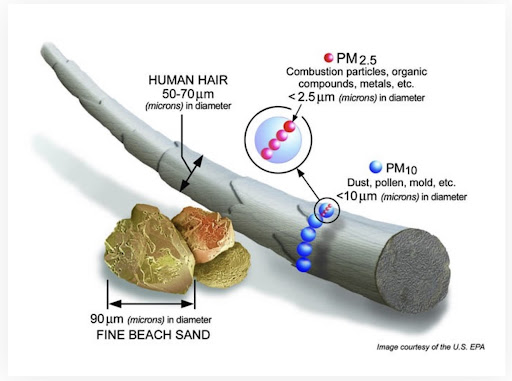
“Size matters. Particles themselves are of different sizes. Some are one-tenth the diameter of a strand of hair. Many are even tinier; some are so small they can only be seen with an electron microscope. Because of their size, you cannot see the individual particles. You can only see the haze that forms when millions of particles blur the spread of sunlight.” – The American Lung Association
Particulate matter created during wildfires is the primary concern to public health. The smallest reported size, known as PM2.5, is the principal air pollutant of concern. Even short-term exposure to airborne PM2.5 particles from wildfires can increase your risk of premature death, and exposure to high concentrations can cause phlegm, wheezing, persistent cough, and difficulty breathing.
The byproducts from wildfire– ash, for example– or instances of wildfires burning buildings that contain plastics and chemicals are other hazardous concerns. Scientists are studying the health effects of wildfire smoke exposure and the toxicity of specific fuel sources. Animal toxicology studies are being conducted to determine differences between wildland fire smoke and typical urban air pollution and their impacts on health.
For those living in regions experiencing wildfires every summer for years already, what is the health risk from our continued exposure? Scientists believe that repeated long-term exposure puts us at risk for heart disease, lung disease, and cancer. A California study found a 42% increase in emergency department visits for heart attacks. Also, a 22% increase in visits for heart disease among individuals 65 and older during wildfires.
➡️ Remember that not everyone exposed to wildfire smoke will experience health effects, but it is essential to be informed of the risks.
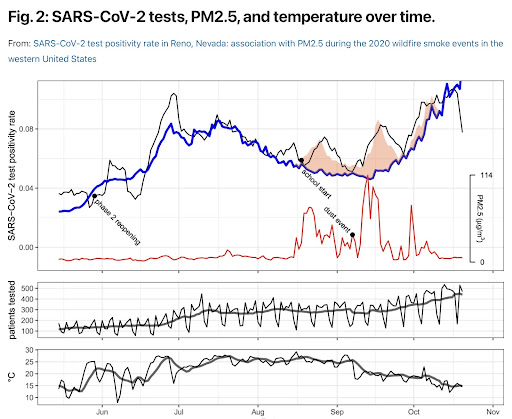
For this figure, weekday effects were removed from the model estimates for clarity. Middle panel: Daily number of patients with SARS-CoV-2 NAA tests at Renown is indicated by the thin line, while the 7-day average is indicated by the bold line. Bottom panel: daily mean temperature (°C) is indicated by the thin line, while the 7-day average is indicated by the bold line. Photo Courtesy of nature.com
Wildfire Air Pollution and COVID-19
Let’s check out notable research about wildfires, air quality, and our health as it relates to the Pandemic. A study conducted in Reno, Nevada, published in the Journal of Exposure Science & Environmental Epidemiology, has determined that exposure to wildfire smoke has been linked to a significant increase in the risk of contracting COVID-19.
📋 Research Highlights
- The study utilized a network of Met One BAM 1020 monitors & concluded that exposure to PM2.5 from California wildfire smoke was responsible for a 17.7% increase in COVID-19 cases in Reno, NV, during a specific period in 2020.
- “Air pollution has been linked to increased susceptibility to SARS-CoV-2. Thus, it has been suggested that wildfire smoke events may exacerbate the COVID-19 pandemic.“
- “Wildfire smoke may have significantly increased the number of COVID-19 cases in Reno. Thus, our results substantiate the role of air pollution in exacerbating the pandemic and can help guide the development of public preparedness policies in areas affected by wildfire smoke, as wildfires are likely to coincide with the COVID-19 pandemic in 2021.“
- “Moreover, it has been shown that small particulates can enhance the spread and survival of bacterial, fungal, and viral bioaerosols (ref. [8, 9]), including bioaerosols containing SARS-CoV-2.”
The BAM 1020’s used in this study are part of the US EPA’s national AirNow air quality monitoring network. They have created an interactive Fire & Smoke Map in response to the growing frequency of wildfires to help inform the public about the local air quality index so that citizens may adjust their plans accordingly.
The BAM 1020, certified as a Federal Reference & Equivalent Method instrument, is the flagship of the Met One Instruments, Inc. BAM line, with certifications in the United States, Europe, China, Korea, and Taiwan. The BAM 1020 automatically measures and records airborne particulate concentration levels using the industry-proven principle of beta ray attenuation. Thousands of BAM 1020 units are currently deployed worldwide, making the unit one of the world’s most successful air monitoring platforms.
Thank you for joining us at Met One Instruments, Inc. for this discussion. Check back soon for the most up-to-date information about how wildfires affect air quality worldwide and our communities’ health. We will be producing timely content on the topic as quickly as it is available. Would you like to learn more now? Review these exciting reads on the subject until we see you next time.
📖 Reading List: Wildfire & Air Quality Resources, August 2021
📖 Don’t Miss Part 2 of this Series: What are the Environmental & Socio-Economic Impacts of Wildfire Emissions?

📖 Read “Wildland Fire Research: Health Effects Research” by the EPA
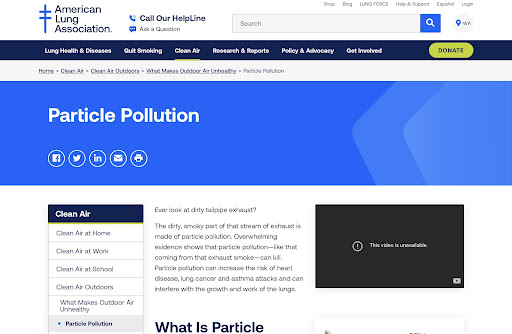
📖 Read “Particle Pollution” by the American Lung Association
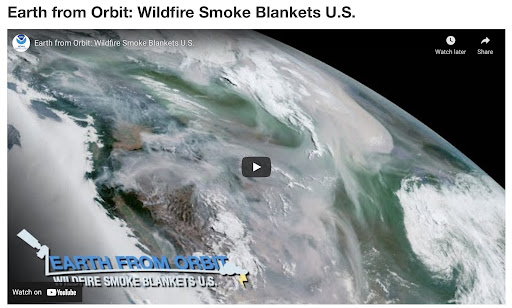
📖 Read “Earth from Orbit: Wildfire Smoke Blankets U.S.” by NOAA.gov
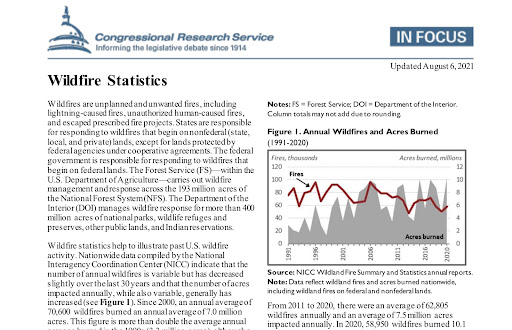
📖 Read “Wildfire Statistics” Report 2021 Published by the Federation of American Scientists
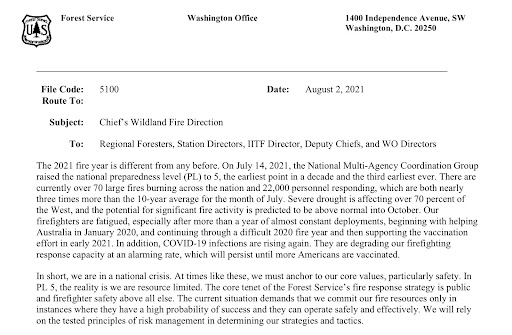
📖 Read Consequential Forest Service Letter August 2, 2021
